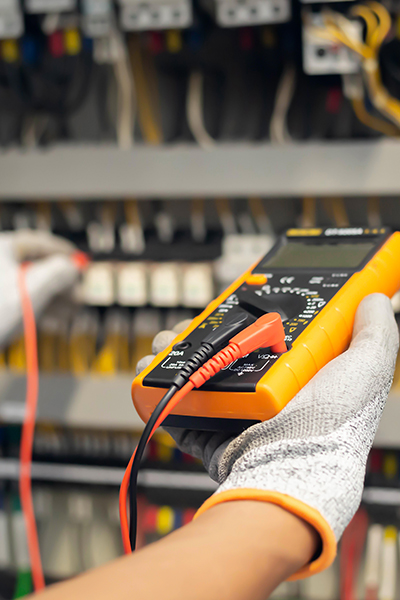
Power Factor Correction
Your power factor can be thought of as the proportion of total power that is used to do useful work – and therefore how efficiently the power is being used. If your site has a poor power factor, it is likely to result in greater costs and a larger carbon footprint.
Poor power factor occurs when there is a high demand for reactive power (also known as “imaginary power”). Reactive power is often required by transformers and motors on industrial and manufacturing sites, but it is not consumed.
Ultimately, this impacts on the electricity network, which the customer has to pay for. Sites with a poor power factor will see increased costs such as higher Distribution Use of System (DUoS) and capacity charges. Sites will also have a greater carbon footprint due to electrical losses on the networks and onsite.
Power Factor Correction (PFC) is a technology that can be installed on site to correct poor power factor. It uses capacitors, which produce reactive power for motors that need it. It means that the reactive power is provided locally on site by PFC and not from power stations.

Power factor correction benefits:









